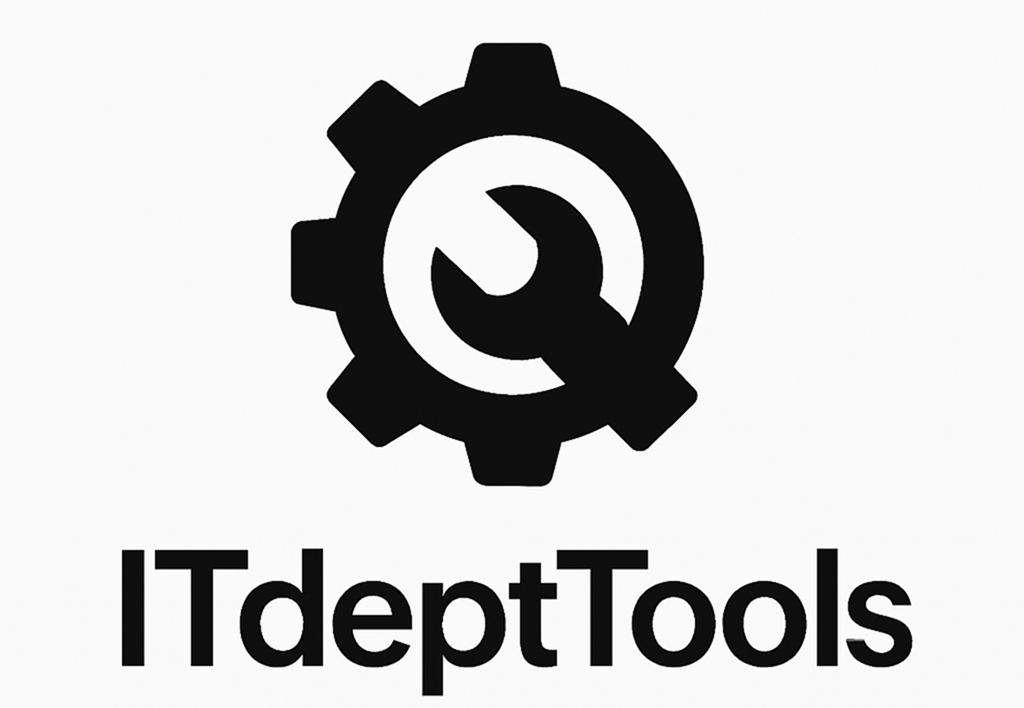hMailServer: When You Just Need to Run Mail Yourself — And Don’t Want a Fight
There’s this moment you get as an admin. You don’t “want” to run your own mail server — but you *have* to. Maybe you’re in an air-gapped lab. Maybe Gmail won’t stop rate-limiting you. Maybe you’re just tired of everything being someone else’s problem until it isn’t.
And that’s where hMailServer quietly does the job. It’s not flashy, and yeah, it hasn’t been updated in a while. But it works. On Windows. Without Docker. Without Linux. Without fifty dependencies or two hours of “fun” with config files.
You install it. Point it at a database. Add a domain. Make a user. And boom — your little corner of SMTP/IMAP/POP3 is live. No ceremony.
What It Can Handle (Without Complaining Much)
| What It Does | How That’s Useful |
| SMTP / IMAP / POP3 | Local mail delivery and retrieval, no internet needed |
| Multiple domains/users | Good for labs, dev teams, multi-tenant test rigs |
| Relay via smarthost | If you still need to go out through Gmail or ISP |
| Antivirus hooks | Works with ClamAV, if you want that kind of coverage |
| Spam filtering support | SpamAssassin, SURBL, DNS blacklists — if you set them up |
| Local GUI config | No config files, no shell — it’s all in a clean console |
When It’s Actually the Right Tool
– You’re building or testing systems that send mail and want logs you control
– You’ve got a VM farm or test lab and just need internal delivery to work
– You’re getting rate-limited or blocked by your provider
– You want simple routing without cloud APIs or SMTP limits
– You’ve got a few devices or apps that need to push alerts or reports, fast
What It Takes to Run
| Thing | Notes |
| OS | Windows — any modern version works |
| Database | MS SQL or MySQL (set up your own — hMail doesn’t care) |
| Admin access | Needed once, during install |
| Mail clients | Works fine with Outlook, Thunderbird, Apple Mail, whatever |
| RAM / CPU | Low. It won’t choke your box unless you’re handling volume |
Setup: No Surprises, No Hand-Holding
- Install it.
From the official site. It’s small and self-contained.2. Hook up a database.
You’ll need one. Preferably external — it’s more stable long-term.3. Create accounts.
Add your users. Add aliases. It’s all via the GUI.4. Configure ports.
SMTP, IMAP, POP3 — choose what to expose, add SSL if needed.5. Test things.
Use a mail client or good old `telnet`. See if mail moves.6. Tune later.
Add filters. Add relay. Add logging. Or don’t. It still works.
It’s Good For… And Not Great At…
Where it delivers:
– Small mail systems you fully control
– QA setups, staging, integration testing
– Alerting from apps or embedded devices
– Admins who know what they want and don’t need hand-holding
Where it falls short:
– No webmail, no mobile interface
– Doesn’t scale well past ~50 users unless you babysit it
– Needs manual attention for spam/security setup
– You’re on your own — there’s a wiki, but no active dev team
Final Thought
Look, it’s not pretty. It’s not cloud-native. It’s not for production-scale messaging. But when you need a mail server on Windows that doesn’t pull you into a week-long project, hMailServer shows up, doesn’t complain, and just… works.
No license keys. No EULAs that need a lawyer. Just local mail — the way it used to be.







